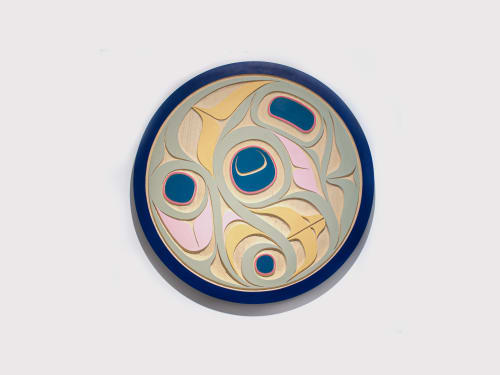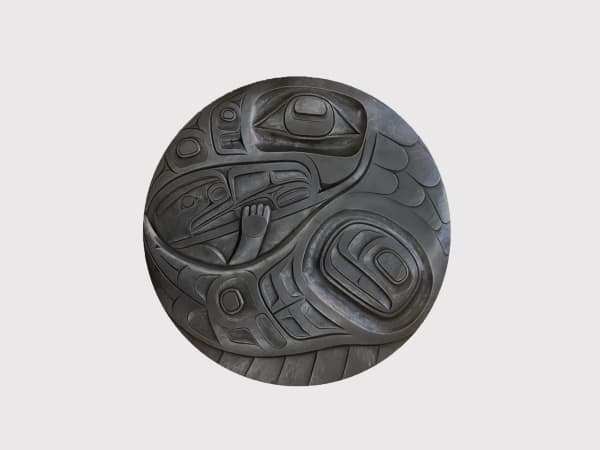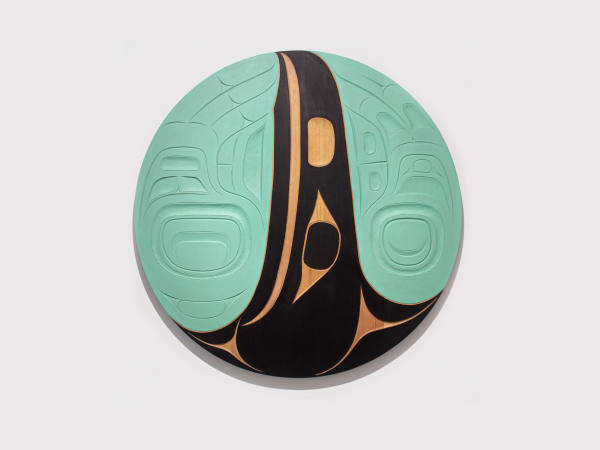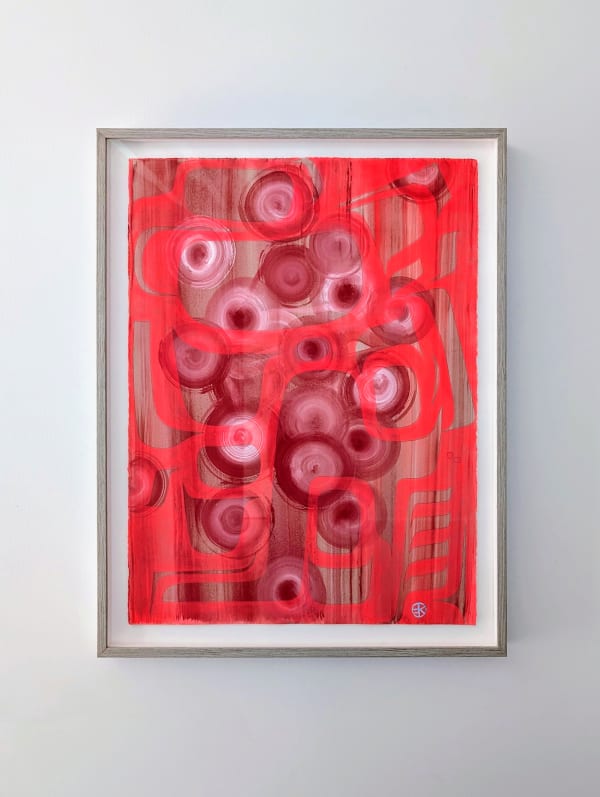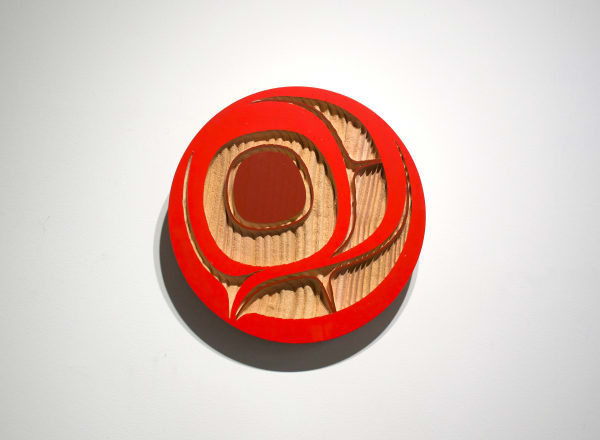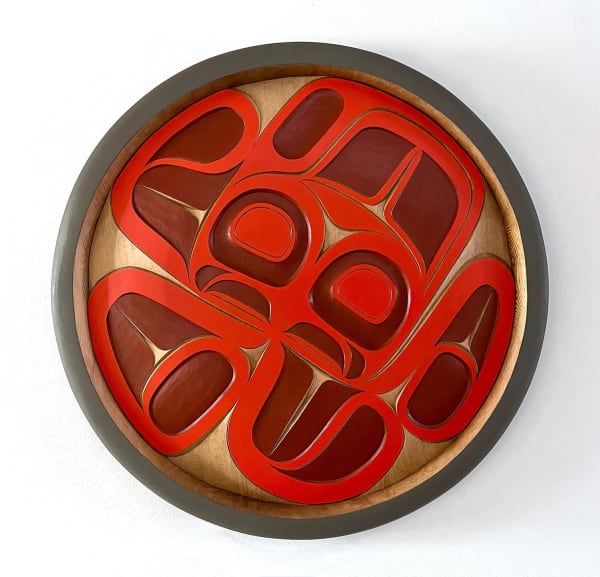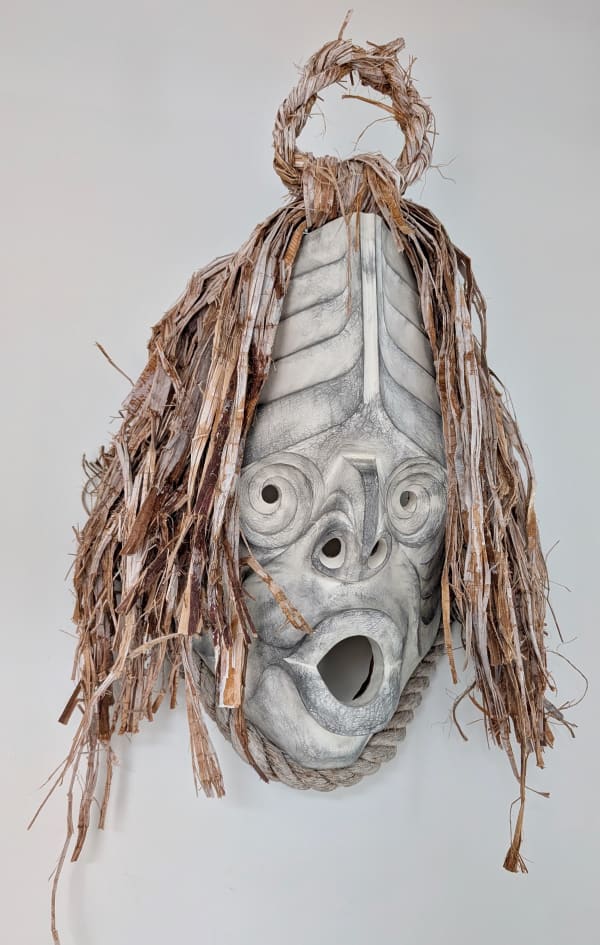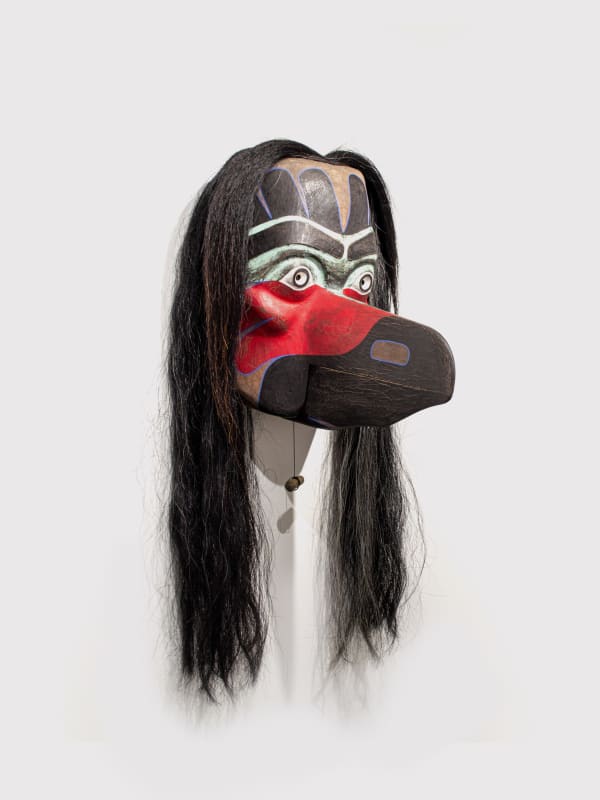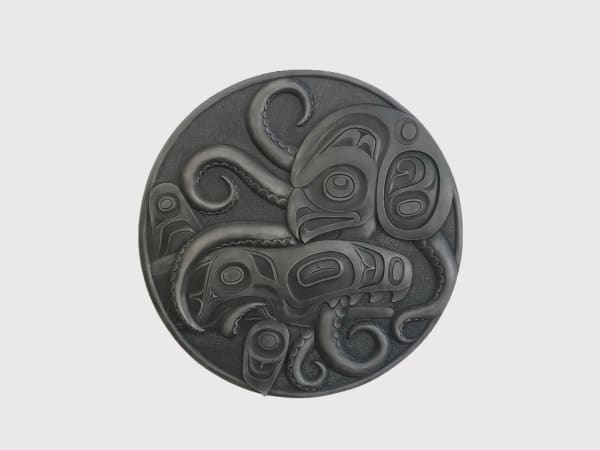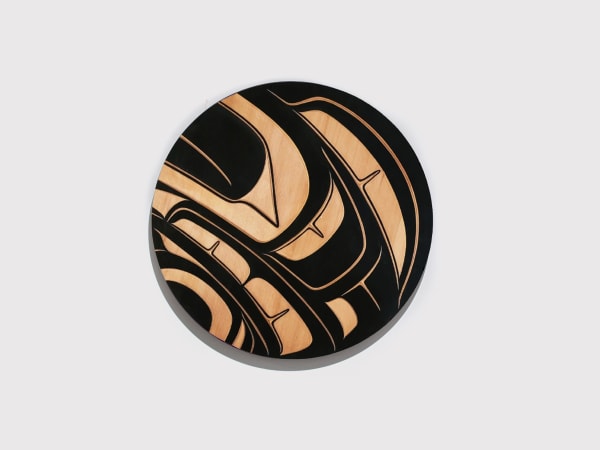Northwest Coast: Summer Group Exhibition
Summer in Vancouver is the perfect time to celebrate the incredible art of the Northwest Coast. We are proud to highlight some of the most talented emerging artists alongside established masters who have paved the way for the next generation. Featuring works by Corey Bulpitt, Rande Cook, Beau Dick, Alan Hunt, Kimberly Fulton Orozco, Cole Speck, Don Yeomans, Kyran Yeomans, Trace Yeomans, and more.
-
 Removed
Removed -
 Stripped
Stripped -
 Gonakadeit Chief of the Sea Hecate Strait
Gonakadeit Chief of the Sea Hecate Strait -
 Raven (Original)
Raven (Original) -
 Raven Bronze
Raven Bronze -
 Raven Panel
Raven Panel -
 Every Breath You Take
Every Breath You Take -
 There is Love in Focus Sold
There is Love in Focus Sold -
 Reflections II
Reflections II -
 Symphony of Ecology Panel
Symphony of Ecology Panel -
 Fool Mask
Fool Mask -
 Chilkat Leggings
Chilkat Leggings -
 Glimmer of Raven’s Shadow Passing Ta Ináang Náay Sold
Glimmer of Raven’s Shadow Passing Ta Ináang Náay Sold -
 What's Important Will Follow Sold
What's Important Will Follow Sold -
 Salmon Egg (Red and Brown) Sold
Salmon Egg (Red and Brown) Sold -
 Along the Rocks
Along the Rocks -
 Pookmis Sold
Pookmis Sold -
 Noohlmahl (Fool)
Noohlmahl (Fool) -
 Spring
Spring -
 Raven Transforming Mask
Raven Transforming Mask -
 Tsonoqua
Tsonoqua -
 Bookwus Ghost Reserved
Bookwus Ghost Reserved -
 Bookwus Ghost Sold
Bookwus Ghost Sold -
 Crooked Beak
Crooked Beak -
 Numas and the Butterfly Reserved
Numas and the Butterfly Reserved -
 Atlakim Door Mask
Atlakim Door Mask -
 Box End Rendition Panel
Box End Rendition Panel -
 Raven and the UFO
Raven and the UFO -
 Frog Raven Mask
Frog Raven Mask -
 Mighty Mouse
Mighty Mouse -
 Energy Dance Panel
Energy Dance Panel -
 Octopus and Killer Whale
Octopus and Killer Whale -
 Souvenir of Light
Souvenir of Light -
 Eagles & Ravens
Eagles & Ravens -
 Eagle Panel
Eagle Panel -
 Eagle Panel
Eagle Panel -
 Hummingbird Panel
Hummingbird Panel -
 Eagle Paddle
Eagle Paddle -
 The Protector Mask
The Protector Mask -
 Pook-miss Mask
Pook-miss Mask -
 Tokwit Warrior Woman
Tokwit Warrior Woman -
 Bentwood Box (Northern Style)
Bentwood Box (Northern Style)
